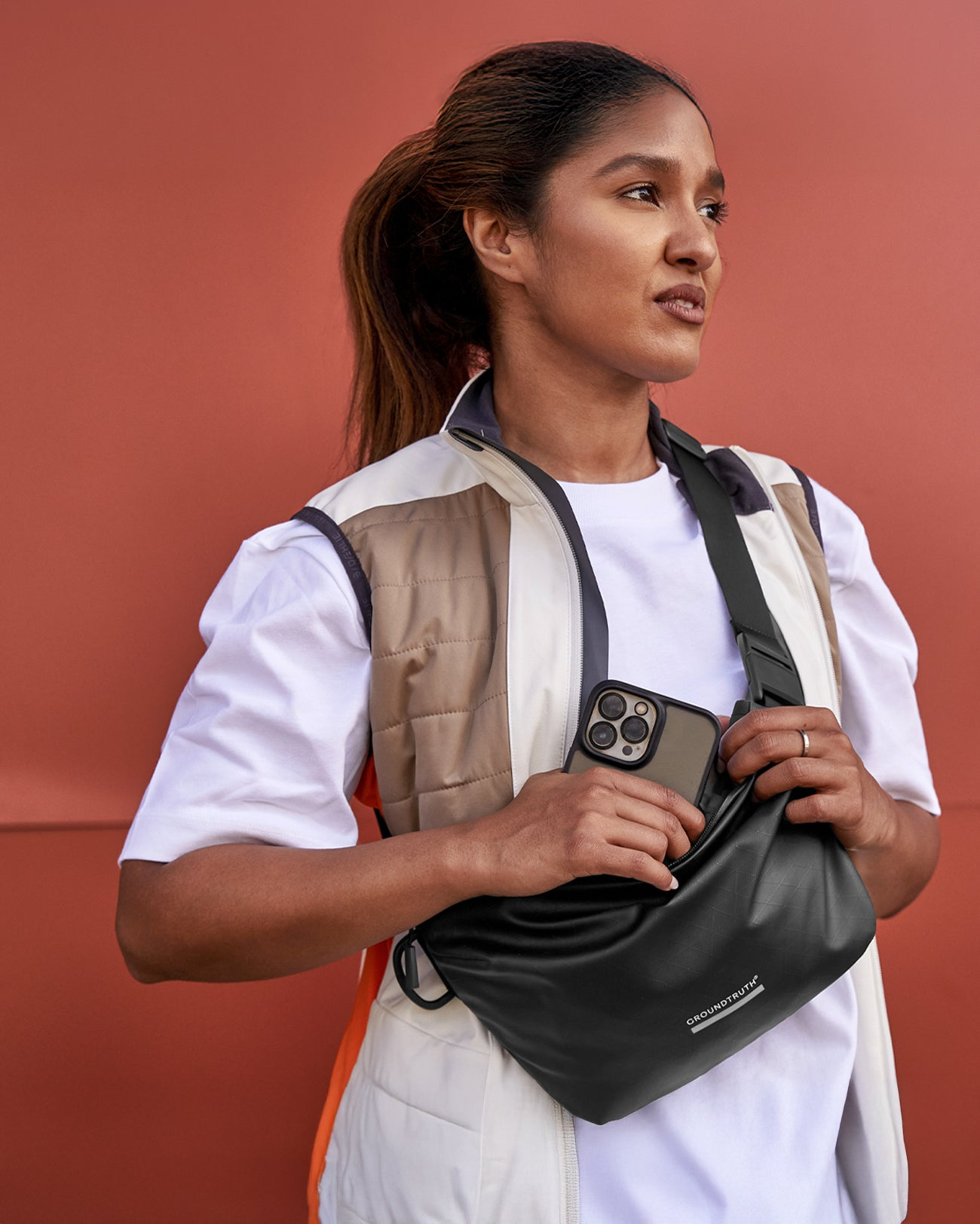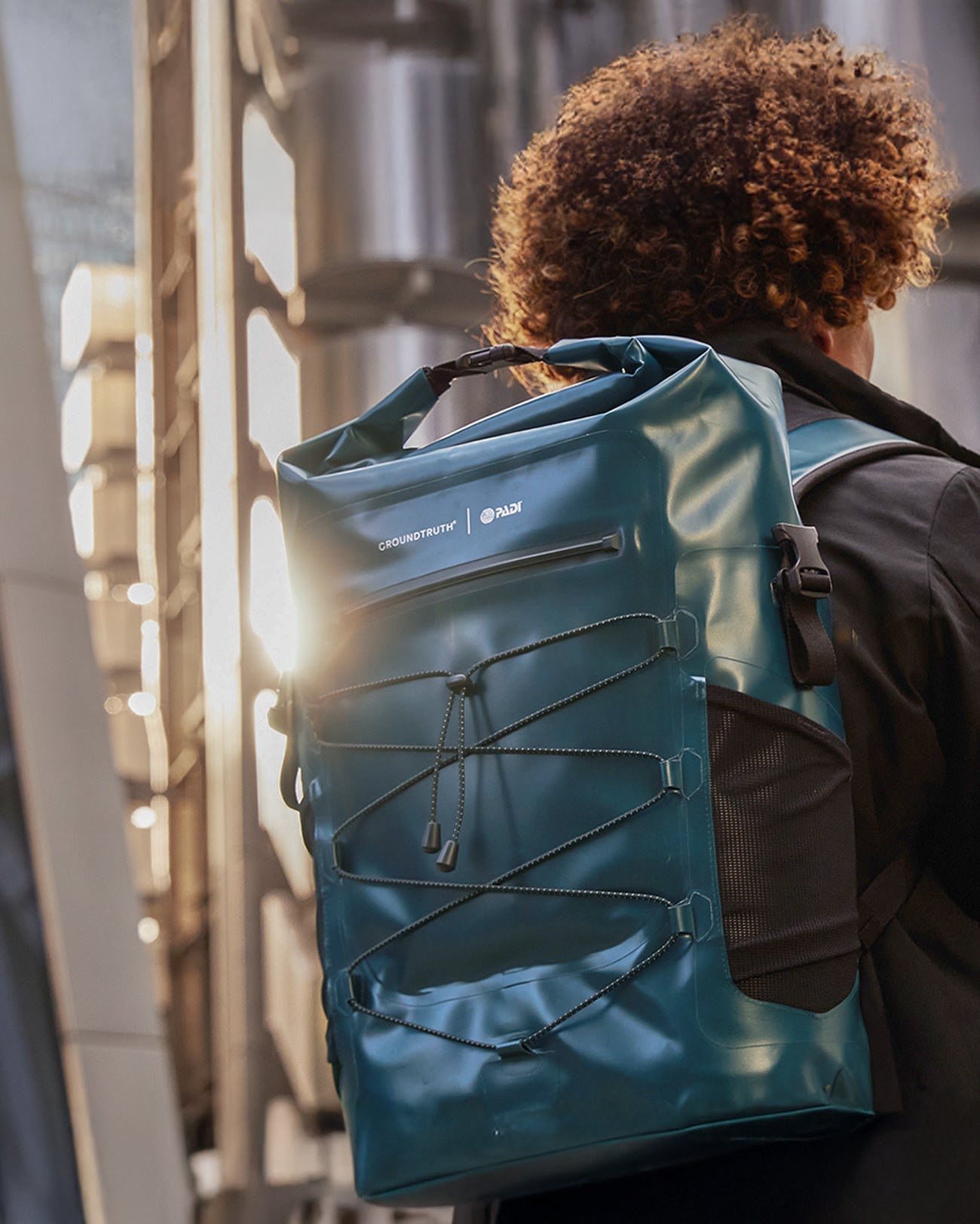Felicity Aston is an experienced Polar Explorer, author and public speaker, who has led record setting expeditions to both the North and South Pole. In 2012 she became the first woman to ski across Antarctica alone, a 1744km journey that took her 59 days and earned her a place in the Guinness Book of World Records. In 2015 she was appointed MBE for services to Polar exploration and was awarded the Polar Medal. She is a Fellow of the Royal Geographical Society in London and The Explorers Club in New York.
THE WOMEN JOURNEYING TO THE NORTH POLE BEFORE IT IS GONE
Written by Felicity Aston MBE
For many, the Arctic is an homogenous, faraway place of uniform ice and snow. A place of our imagination that is far removed from the immediate concerns of day-to-day life.
The reality is that the Arctic consists of a multitude of distinct landscapes, populated by many cultures old and new. What happens in the Arctic is intricately connected to the everyday lives of everyone on the planet through weather, climate, ocean and atmosphere. It is a place of global geography and complex international geopolitics – both of which affect us all.

In 2021 I founded an expedition intending to ski the last degree of latitude to the Geographical North Pole – the literal top of the world. Despite training and preparing a strong team with dream sponsors in support, we never made it.
Each year the vital logistics route that enables access to Arctic Ocean sea ice around the North Pole was cancelled with no plausible alternatives to take its place. The cancellations were due to global pandemic, European warfare and finally, growing environmental concerns and the increasing risk of operating on sea ice so far North as conditions there become ever less stable.
For my expedition, it was a disaster. And yet from this failure has emerged a project far more ambitious in scope and output than I would ever have dared to plan at its outset.

My original team was gathered from across the UK but as a two year project extended into four years, births, marriages, university degrees and family illness among other things caused the team to evolve and grow into an inspiring international group of likeminded women all committing their time and expertise to a project they felt worthy.
Since 2021 we have made ski journeys across the Arctic in different Arctic geographies – from the glaciers of Iceland, to the frozen fjords of Svalbard, to the ocean pack ice of Nunavut in Arctic Canada.
Throughout these journeys we have collected over 200 snow, ice and water samples, along with hundreds of points of data on snow, arctic clouds, albedo and air quality. Already valuable in their own right, these datasets together provide a much broader view of the Arctic which increases their value and rarity.

However, these successes have not come easy. It has been a long and difficult road. We saw first hand the reality of the rapid environmental change experienced across the Arctic which will continue to make data-gathering missions like ours increasingly difficult now and in the future.
We travelled to Svalbard in 2022 expecting temperatures of minus 25 degrees below zero but instead had to contend with heavy rainfall and waterlogged snow. The following year we arrived at a valley that provides access to the remote northern glacier Drangajokull in Iceland to find it empty of snow for the first time in living memory.
After carrying our sledges through grass and over rivers we reached the glacier only to be snowed in our tents by two days of storm. Our final ski journey in April of 2024 almost didn’t happen due to logistical delays caused by back-to-back storm systems sweeping through the far North.

Ostensibly, the challenges we have faced in accessing the high Arctic may seem to be simply bad luck - but on reflection, the team’s experience is a demonstration of how climate has huge influence and impact on our ability to collect information about, and understand, the Arctic environment, particularly high latitude Arctic Ocean sea ice.
Greater climate instability and extreme weather will only make efforts to plug these data gaps more challenging in the future and demonstrate the urgent need sooner rather than later for efforts such as ours.
The ski journeys of the BIG Expedition are now complete but the work has only just begun. Collected samples are already being analysed for black carbon by Dr Ulyana Horodyskyj at the University of Colorado. In the months to come samples will also be analysed for heavy metals and for microplastics.
Beyond that the B.I.G. Foundation – a legacy of the expedition – will work to support others to explore and innovate into the future. Landscapes of change can be intimidating and the prospect of failure demoralising - but there is also opportunity and reward to be gained if we have courage to keep the faith.

GroundTruth supported the expedition with custom made sledge bags as well as cross-body sling bags which were used for essential personal protection equipment that must be carried at all times in Polar Bear territory.
They also supplied backpacks as well as camera bags for drones, photography and filming equipment. Not only did we appreciate the items made for us, we also appreciated knowing the integrity of the manufacture and of the business behind it. The innovation and ethos of Groundtruth aligns with our own aspirations and goals on the B.I.G. mission.
Find out more about the B.I.G North Pole Expedition on their Instagram, website or Facebook page.









